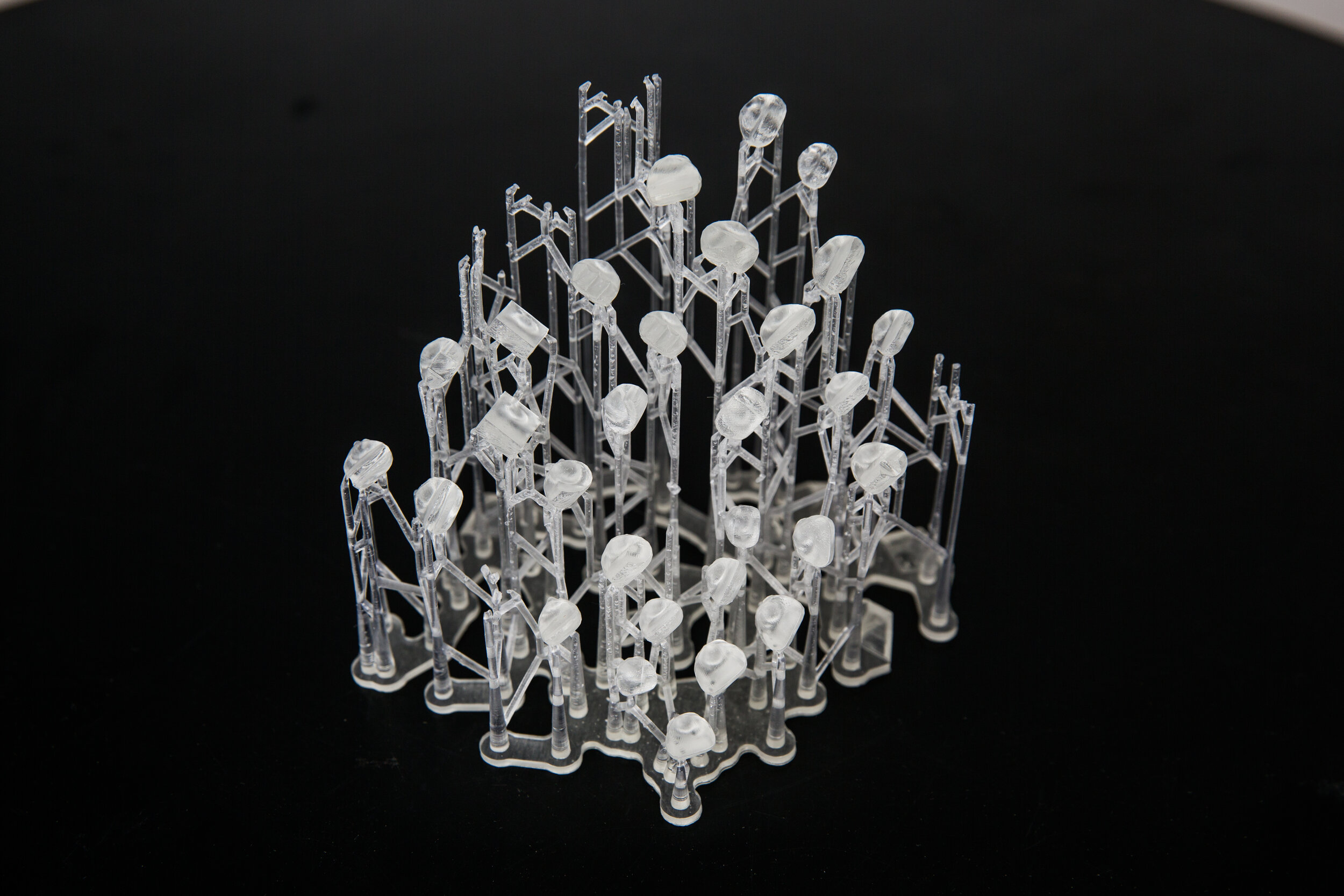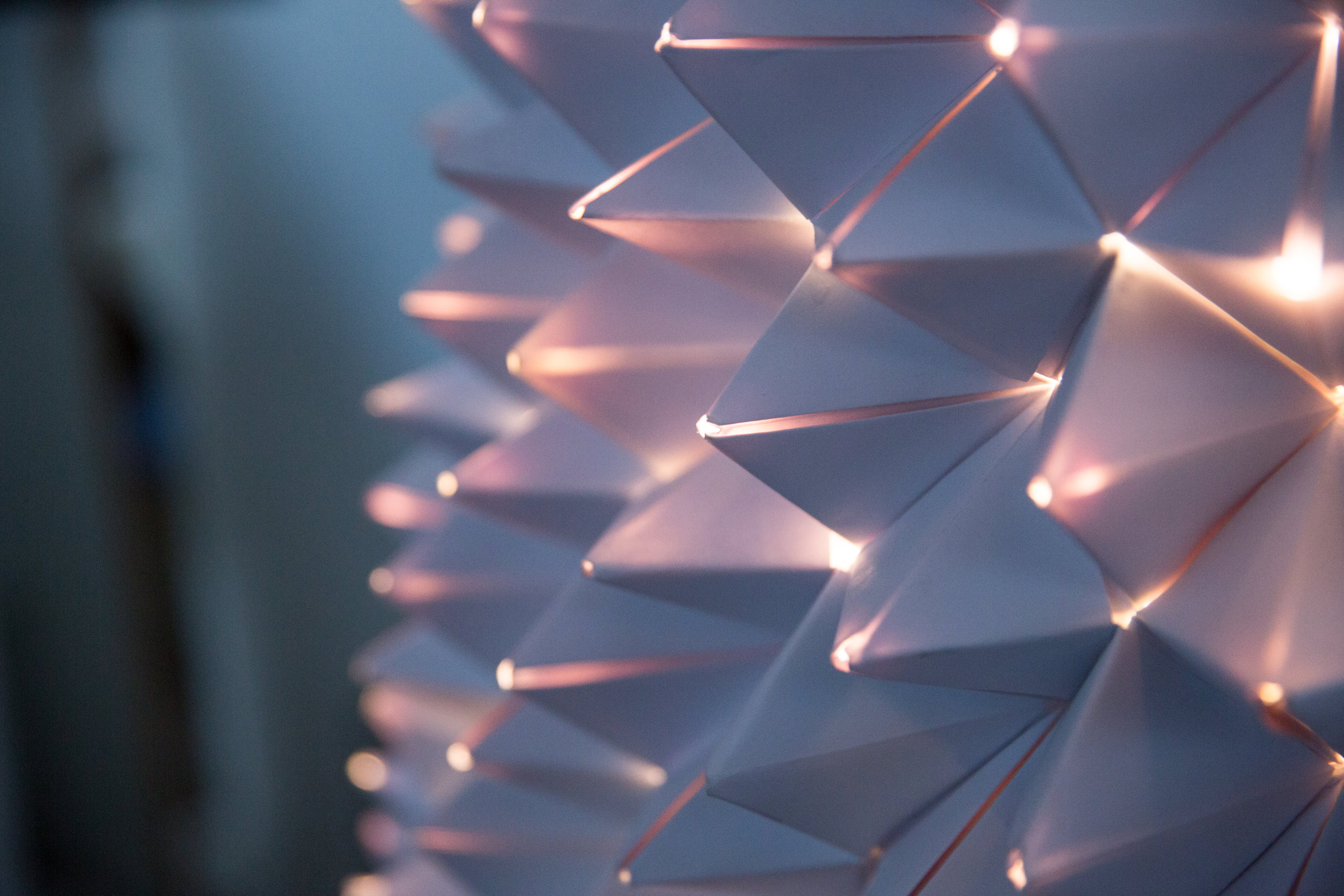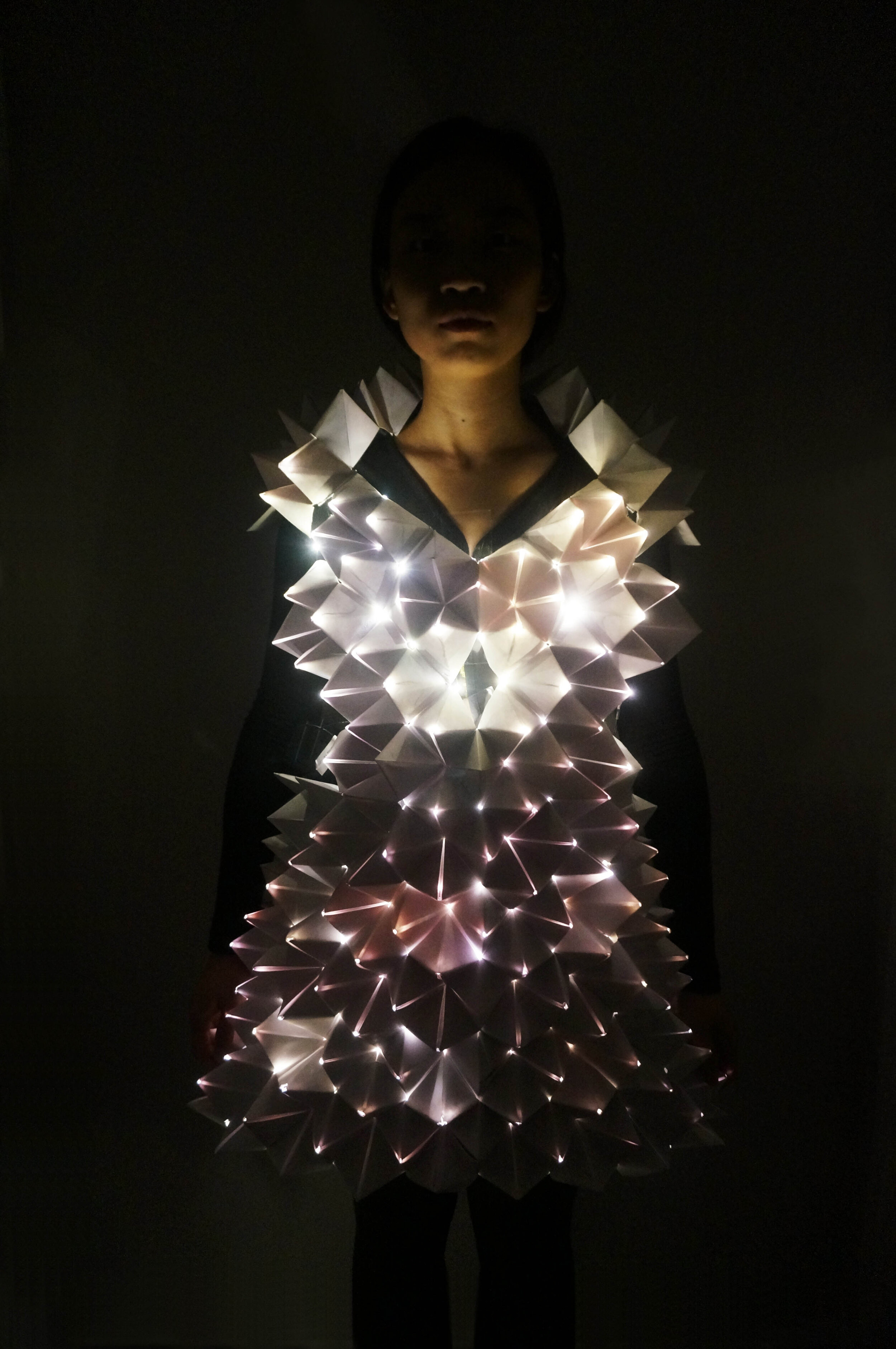









![C.360 [ANALOG]](https://images.squarespace-cdn.com/content/v1/51b0a7bfe4b0781228620e4c/1480488885279-APRKG38T9W5D4QQ3UKAZ/vision.jpg)





The "PROSTHETIC.SEMINAR: Architectural Probes, Cyborgs, and Cybernetic Environments" was a research-based graduate technology seminar taught by Marta Nowak and Iman Ansari at UCLA Architecture and Urban Design in Fall 2015. The projects illustrated here are the work of students in that seminar.

EX.DENTURE by Shiqi Fan and Yunxuan Guo. This extrasomatic denture mask uses 3D printed dental implants to extend the basic functions of human dentition beyond mastication or enunciation, to new functions, such as nail biting/ clipping, holding a cigarette, or blowing a whistle. The implants can be selected based on individual preference to customize the denture. Photo by Austin Yu.

EX.DENTURE by Shiqi Fan and Yunxuan Guo. This extrasomatic denture mask uses 3D printed dental implants to extend the basic functions of human dentition beyond mastication or enunciation, to new functions, such as nail biting/ clipping, holding a cigarette, or blowing a whistle. The implants can be selected based on individual preference to customize the denture. Photo by Austin Yu.

C.360 by Manju Paithankar and Ziqi Pan. These glasses use motorized mirrors to provide a 360 view of a person's surrounding. Photo by Austin Yu.

HU.MASK, by Yuchuan Zhang and Qiyue Zhang.The mask not only filters air with an integrated humidifier, but also uses the movement of air during breathing to generate electricity. Photo by Austin Yu.

HU.MASK, by Yuchuan Zhang and Qiyue Zhang.The mask not only filters air with an integrated humidifier, but also uses the movement of air during breathing to generate electricity. Photo by Austin Yu.

EAR.360 by Ammar Parghalwala, Shui Yu, and Richard Ruiz. This hearing device captures the surrounding sounds to provide a more balanced and focused hearing. The exterior 3D printed shell contains a small motor inside to rotate in order to adjust the desired level of hearing from the surrounding. Photo by Austin Yu.
![C.360 [ANALOG]](https://images.squarespace-cdn.com/content/v1/51b0a7bfe4b0781228620e4c/1480488885279-APRKG38T9W5D4QQ3UKAZ/vision.jpg)
C.360 [analog] by Manju Paithankar and Ziqi Pan. This device utilizes a series of mirrors to provide a 360 view of a person's surrounding. Photo by Austin Yu.

PARA.SENSE by Dan Zhu and Mengning Zhao. This extra-somatic skin has sensors at the tip of the pyramids to detect level of light and will illuminate to make the individual visible if there is not enough to light in the environment. Photo by Austin Yu.

PARA.SENSE by Dan Zhu and Mengning Zhao. This extra-somatic skin has sensors at the tip of the pyramids to detect level of light and will illuminate to make the individual visible if there is not enough to light in the environment. Photo by Austin Yu.

PARA.SENSE by Dan Zhu and Mengning Zhao. This extra-somatic skin has sensors at the tip of the pyramids to detect level of light and will illuminate to make the individual visible if there is not enough to light in the environment. Photo by Austin Yu.

PARA.SENSE by Dan Zhu and Mengning Zhao. This extra-somatic skin has sensors at the tip of the pyramids to detect level of light and will illuminate to make the individual visible if there is not enough to light in the environment. Photo by Austin Yu.
